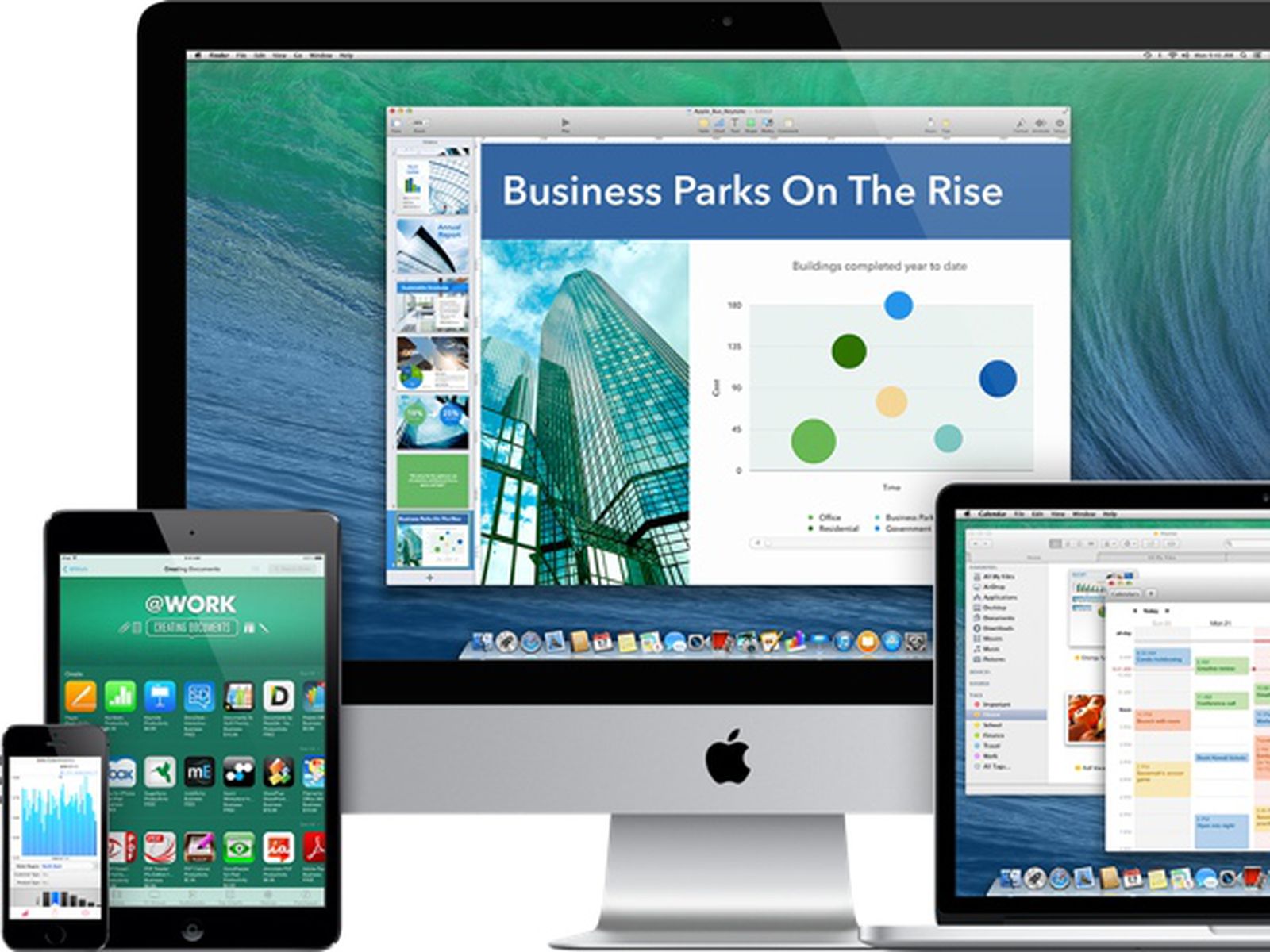

Several Wi-Fi industry organizations-including Institute of Electrical and Electronics Engineers (IEEE), Internet Engineering Task Force (IETF) and Wireless Broadband Alliance (WBA)-are working on identifying and detailing these use cases.Īlthough each organization is working independently, each also recognizes that cooperation and information exchange are critical to addressing the issue in a timely and unified manner. The first step in this process is identifying use cases in which the device identity needs to be known for legitimate purposes. The Wi-Fi Industry’s Solutionsīecause of the impairments to legitimate functions that occur based on RCM, the Wi-Fi industry is working to develop alternative methods of identifying devices without exposing the device identity and creating the risk that a user might be tracked. Several examples of functions hindered by RCM include captive portal authorization, parental controls, allow/deny access lists and lawful intercept. RCM impairs legitimate functions, features and services that rely on a static, non-randomized MAC address to identify that device. Although RCM can help reduce and even potentially eliminate the ability of a third party to track a user, the capability comes at a cost. RCM implementations differ based on the device and OS vendor these range from Wi-Fi sessions, time periods and associated SSIDs (network names), to name a few. RCM randomizes the MAC address, disabling the correlation between the device and the user because the same MAC address isn’t repeatedly used. At that point, the malicious entity can use the Wi-Fi MAC address to track the user at future locations based on previously correlating the user’s device to the user.


Anyone with a Wi-Fi sniffer can identify the specific device and associate it with the user as he or she moves about (e.g., entering and leaving an area). When a user’s device is on a Wi-Fi network, the Wi-Fi MAC address is used as part of the transport protocol. This shift was previously discussed in an earlier CableLabs blog post titled “ MAC Address Randomization: How User Privacy Impacts Wi-Fi And Internet Service Providers. Device and OS vendors have started to implement RCM to negate this tracking risk for consumers. Functionality Impacts of Wi-Fi MAC RandomizationĪs privacy has become an increasing priority, addressing unwanted tracking of individuals and devices has become central to enhanced privacy efforts. It will wrap up by discussing the effects of RCM on beneficial tools and industry efforts to address those impacts through innovation and new technology development. This blog will discuss how the industry is enhancing users’ privacy while working to maintain legitimate functions that require a stable means of device identification. As Wi-Fi device and OS vendors move to implement Randomized and Changing MAC Address (RCM) to reduce or eliminate the ability to track users and their devices, related functionality costs on the Wi-Fi industry are emerging.


 0 kommentar(er)
0 kommentar(er)
